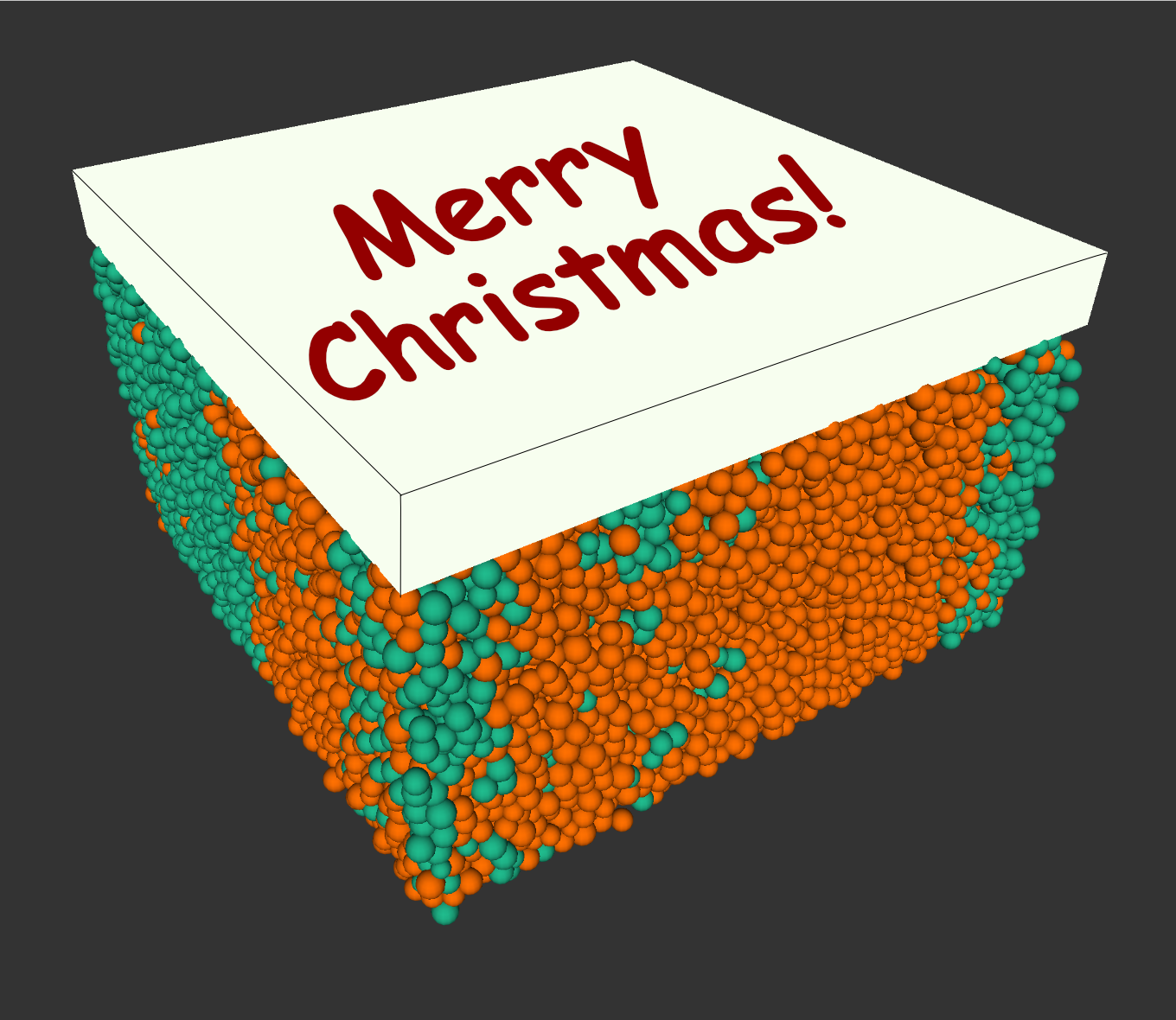🎄12 Days of HPC 2022
Bacterial Christmas Cake
During the month of December we’re featuring blog posts from researchers from across the University of Leeds showcasing the fantastic work they do using our High Performance Computing system. Follow us @RC_at_Leeds to keep up to date with our 12 days of HPC blog series.
What’s your name?
David Head
What department do you work in?
School of Computing
What research question are you trying to answer?
The role of dietary sugars on the evolution of the dental plaque biofilm, and how this may trigger a ‘transition point’ from healthy plaque (which is a thing), to unhealthy plaque (‘symbiotic’), that is predicted to convert sufficient sugars to acids so as to demineralise tooth enamel, otherwise known as tooth decay.
What tools or technologies do you use in your research? (Programming languages, packages, APIs)
Intel C++11 compiler
How does HPC help your research?
Being able to run multiple high-fidelity bacterial simulations simultaneously, each requiring 4-8 cores, allows the parameter space (which is vast, for biological problems such as this) to be sampled within a reasonable time frame that would not be possible with cluster resources.
What is the potential impact of your research?
We have used the simulation findings to test hypotheses for the relationship between dietary sugars and oral health, and used this to highlight oral health regime changes and/or therapeutic products most likely to improve oral health.
In your personal opinion what’s the coolest thing about your research?
Collaborating with microbiologist and clinicians to produce simulations with the potential for genuine impact in the application domain.
Postscript
Collaboration with Livia Tenuta (Michigan), Phil Marsh and Deirdre Devine (both School of Dentistry, Leeds).


